Parents often ask us what is the best age for braces?
Truthfully, there is no universal answer. Everyone’s mouth and teeth develop at different paces. Some children may benefit from orthodontic treatment at earlier ages while some may not need to start braces until they are preteens or young teenagers.
Keeping this in mind, we typically recommend that your child begin seeing an orthodontist around the age of seven. By examining their teeth at an early age, we can check factors like eruption and growth patterns.
Starting examinations early can allow an orthodontist to provide earlier intervention if necessary. That explains why some children on the younger end of the age spectrum will be seen wearing braces sooner than their peers.
However, early intervention usually does not involve comprehensive braces. Instead, these are preventative measures to help avoid further complications in later years and to treat any concerns more gradually over time.
If you are wondering when your child should begin orthodontic treatment, this guide is for you. We are going to cover some essential factors that could indicate when it might be time to begin considering braces or other corrective measures.
Factor 1: Visible Misalignment
One of the most telling present factors that it might be time to seek orthodontic treatment is a visible misalignment of the teeth or jaw. The teeth may appear crooked or crowded at a glance, or your child’s jaw may appear to shift or make a “clicking” sound. If you notice any of these signs, schedule an appointment with your pediatric dentist to see if your child should be referred to an orthodontist for an examination.
Factor 2: Available Space in the Mouth
Does your child’s mouth provide enough space for their teeth to grow in properly? If not, this may require treatments such as a palate expander prior to braces.
Orthodontists often suggest a palate expander for patients where a crossbite is present between their two arches or if the mouth does not provide enough space for teeth to grow in.
A palate expander is custom-sized to the patient’s mouth. On a schedule recommended by the orthodontist, a key is turned in the mechanism that gradually expands the device, and with it, the space in the mouth.
While the expander might feel somewhat uncomfortable at first, most children will acclimate to it quickly. As a note, it may create some new spaces between their teeth as their mouth expands, but these will be addressed when they receive braces following the palate expander’s removal.
Factor 3: Bite Issues
As we mentioned above, a crossbite could indicate the need for pre-braces intervention. Other bite issues, such as a prominent overbite, underbite, or problems chewing could also signal the need for starting braces sooner.
In a majority of cases, braces can correct bite issues. Should braces not realign your child’s bite, this could potentially mean that further corrective treatment is needed regarding the shape or positioning of the jaw. Determining this would require an evaluation from an oral surgeon.
Factor 4: Losing Baby Teeth Too Quickly
Baby teeth, clinically referred to as deciduous teeth, fall out over time and are eventually replaced by the child’s permanent teeth. If they leave the mouth too quickly or prematurely, this could create potential complications for healthy oral development.
Your child could lose their baby teeth up until around the age of 12. If you notice that their teeth are falling out at a rapid rate, or if more than one is leaving the mouth at a time, you should make an appointment with a dentist and orthodontist for further evaluation.
Factor 5: Genetic Oral Health Conditions
Depending on your child’s family oral health history, there could be factors that warrant an earlier intervention. For example, hypodontia is a congenital condition where a child is born missing one or more teeth, and the mature tooth never appears. This extra space in the gums can create spacing issues that can be corrected with braces so that an artificial tooth implant or bridge can be installed in its place later.
Is There a “Best Age” for Adults to Get Braces?
For adults that wish to realign their teeth for oral health or cosmetic purposes, there is no “right” or “best” age. They can be applied at any time that you are ready and comfortable with doing so.
Get Advanced Orthodontic Treatment in St. Augustine
At Henry Advanced Orthodontics, we provide a comprehensive range of patient-centered orthodontics treatments to people in St. Augustine, Florida and the surrounding communities. We strive to offer a welcoming, caring environment that prioritizes your oral health. To learn more about free consultation regarding braces and how we can help you or your family member, contact us today.
